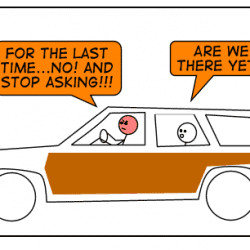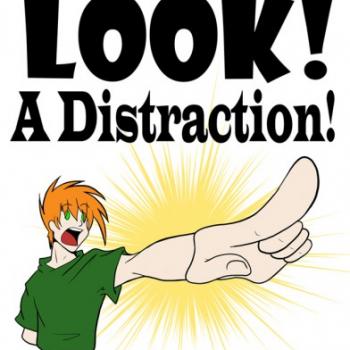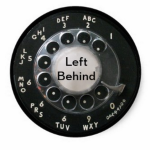My 100th column: What’s in a number?

I realized the other day that today is my 100th column in the Faith section of The Pueblo Chieftain. It caused me to reflect on all of the topics I’ve covered in the last two years, and what I might yet address given the opportunity to continue. For a couple of days, it even felt a little bit daunting to write a landmark column like No. 100, but why?
What’s more important about the 100th of anything, as opposed to the 99th or the 101st? Why is it that the very reality that we have 10 fingers and 10 toes, which then became the basis for our numeric system, somehow makes certain numbers more important than others?
This is hardly an isolated phenomenon. Think about how many buildings you’ve been in where the 13th floor was missing. Are we really that superstitious as a culture? How about the number 666? If you saw someone with that tattooed on their arm, how would it make you feel? What assumptions would you make about them?
Though it carries less symbolic weight, think about the way we price things like gasoline. Somewhere along the way in the business world, people figured out that people would spend more money if prices ended in the number nine, so some discerning entrepreneur figured he or she would take things a step further and trim a tenth of a penny off of their price. Though the reality of gas costing $2.99.9 is hardly any different than $3, our brains are simply drawn to the smaller number. Now, it’s just a gas station tradition no one seems to want to break.
Numerology in the Bible is another curious thing. Though some scholars contend -sometimes aggressively so – that numerology is strictly forbidden, there is no question that fascinating numerical patterns appear throughout Scripture.
Consider the parallels between the 40-day flood, the Jews’ 40 years in the desert, and Jesus’ 40-day fast, also in the desert. One might argue that this is strictly coincidence, but the more discerning reader might pause to think that perhaps the authors of these texts were trying to draw some parallels for the reader.
This is hardly the only example of this. Patterns of three, six, seven and 12, to mention only a few, appear throughout the Bible. So what do we make of this, especially if we agree with the claim that numerology is a mystical practice to be avoided?
This question is particularly relevant during the Easter season, which of course is one of the most important holidays of the Christian year. Most folks have noticed how strangely early Easter is this year, but why is that? Why not just make Easter the second Sunday in April and be done with it?
The reason Easter moves around every year is because the date on which it falls is determined by the lunar calendar; the same calendar followed by the ancient pagans. We aligned religious holidays such as Easter and Christmas with pagan rituals, and we even incorporated many of those symbols – evergreens, eggs and the like – into our own traditions.
Was this because we wanted to appear more pagan? Not exactly. Christians have quite a storied history of borrowing from so-called competitors in order to draw people toward our faith. Use symbols and dates that other people outside of your circles identify with, and it stands to reason that the stories will start to make more sense in their own context.
The same thing goes for the employment of numbers in Scripture. It’s not so much that authors of biblical passages were mystical numerologists in disguise, but they were writing at the time to a culture deeply rooted in the practice of numerology. So it makes sense that they would try to speak the language of the culture around them.
Does this mean that it didn’t literally rain for 40 days, or that the Jews wandered the desert for 40 years, no more and no less? Who knows? But does it really matter?
Perhaps more important is the desire of ancient biblical authors to connect in meaningful ways with others with whom they did not automatically relate. They reached out, employing metaphors and symbols the world around them would understand.
Too bad we seem to have forgotten in the 21st-century church how to do the same.











